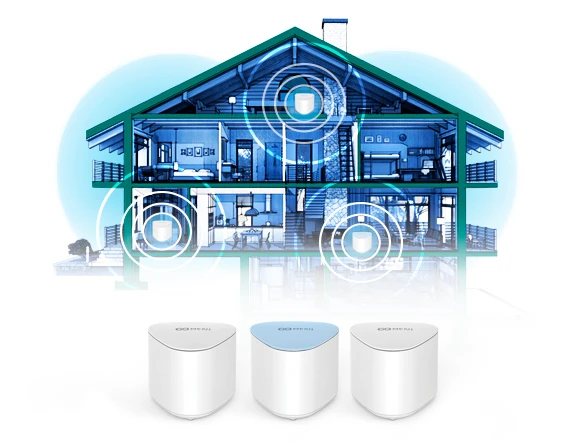When looking for a suitable mesh system for our home we should take several aspects into account. I think that not only the
design is important, although the appearance of the device also plays an important role. First of all, we should pay attention to the hardware capabilities such as
coverage, supported
WiFi standards,
MU-MIMO technologies and thus wireless transmission speed. Equally important are the chipset,
Flash memory,
RAM memory and the ability to use a
mobile application.
To sum up the systems working in the mesh network described above, we can safely say that
Extralink DYNAMITE Mesh System stands out significantly from the competition. It is the only one that supports
4x4 MU-MIMO technology and has a considerable amount of Flash memory and RAM (up to 1Gb!). Additionally, Extralink DYNAMITE has been equipped with a
Mediatek chipset, thanks to which the whole system works very efficiently and, what is most important, provides very large coverage,
up to 1000m2.
The price is also important! Choose the device that has the best price/quality ratio.
In order to get acquainted with the prices of individual sets, I invite you to contact
our traders.
Your opinions on these products are also invaluable! You can share your impressions, opinions and remarks with other users on our
FORUM.
Author:
Leszek Błaszczyk Click to enlarge!
Click to enlarge!
 Click to enlarge!
Click to enlarge!
 Click to enlarge!
Click to enlarge!
 Click to enlarge!
Click to enlarge!
 Click to enlarge!
Click to enlarge!
 Click to enlarge!
Click to enlarge!




